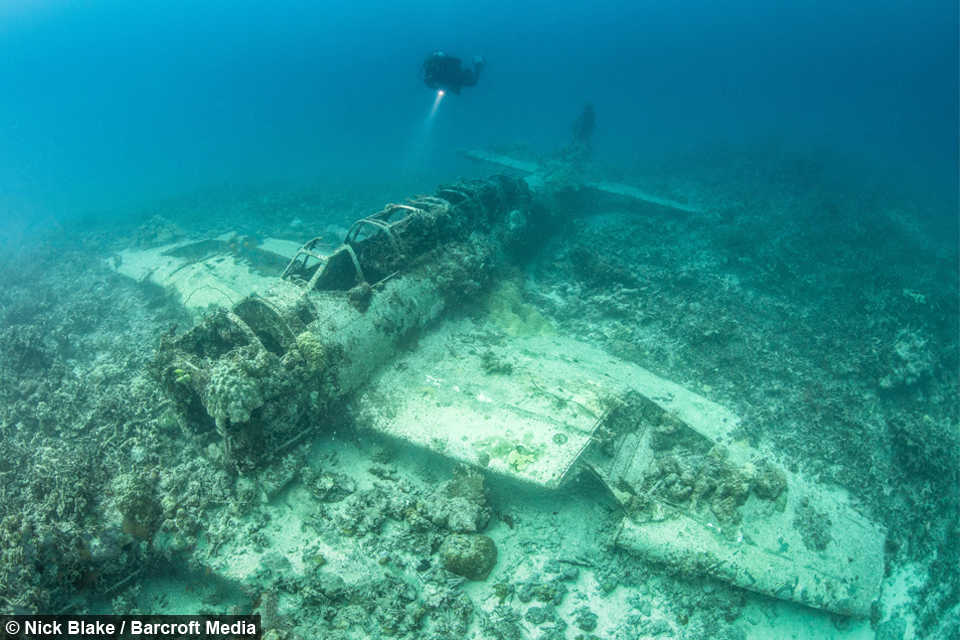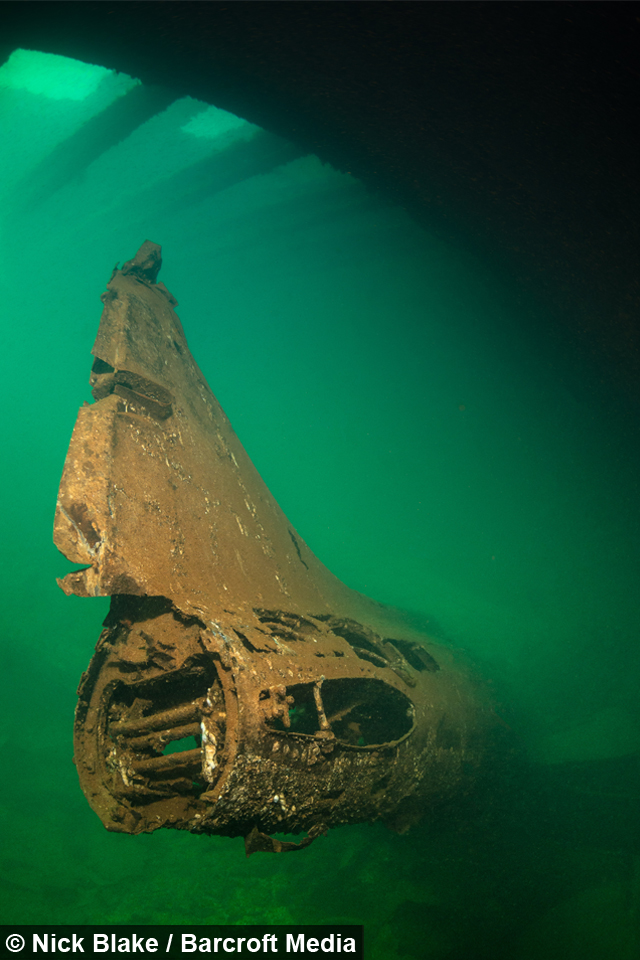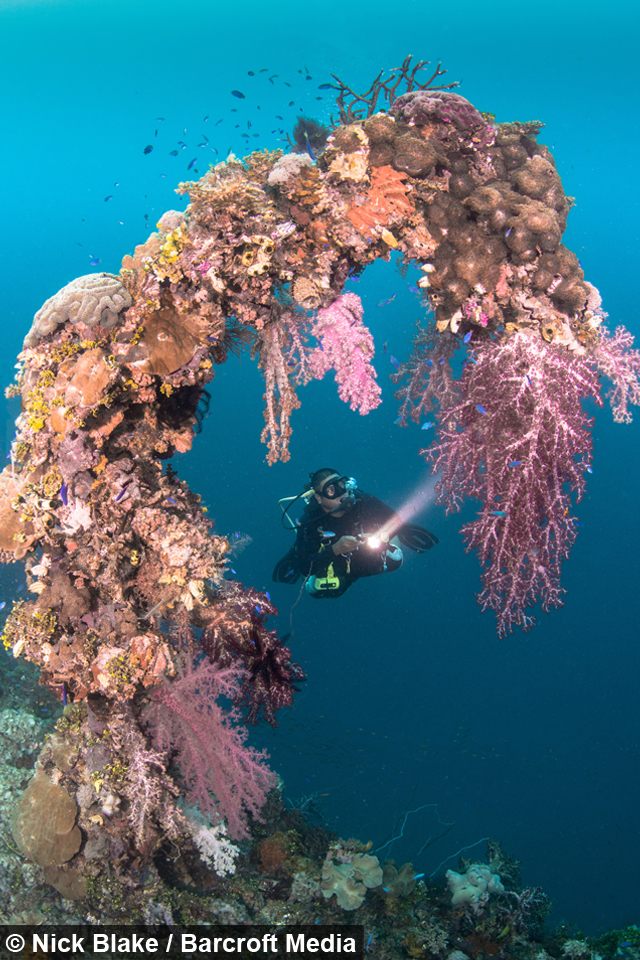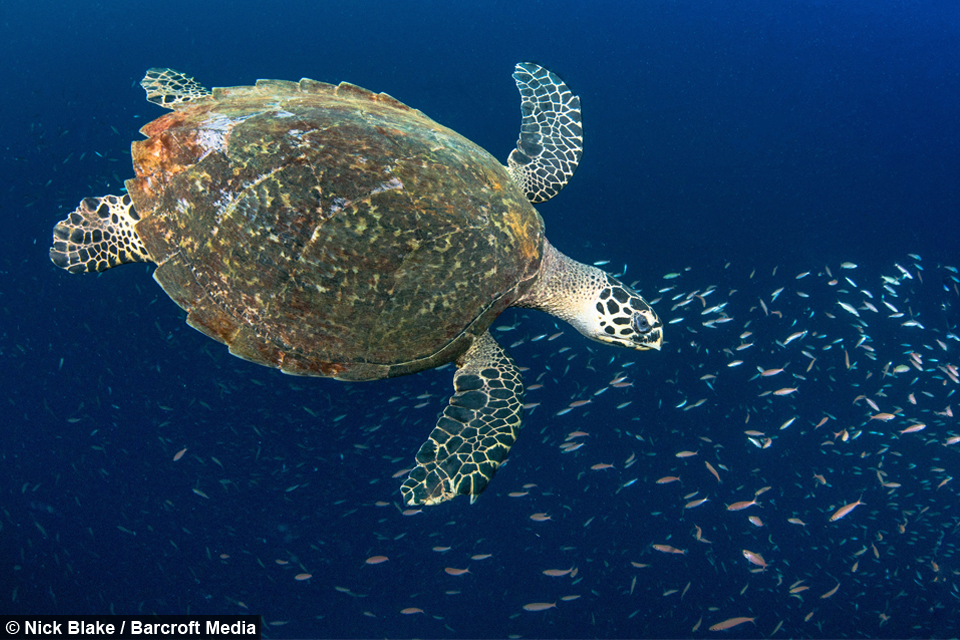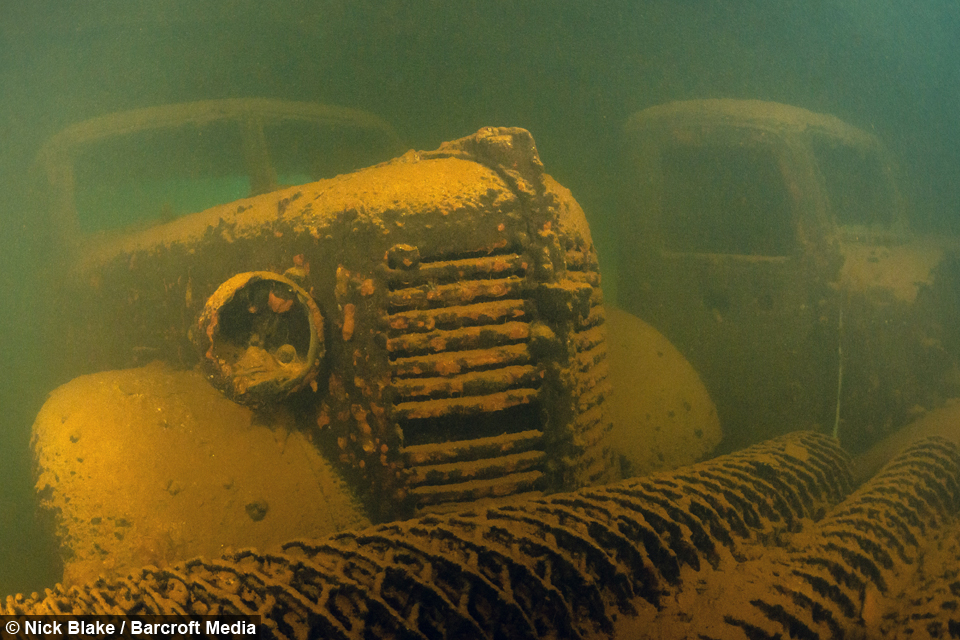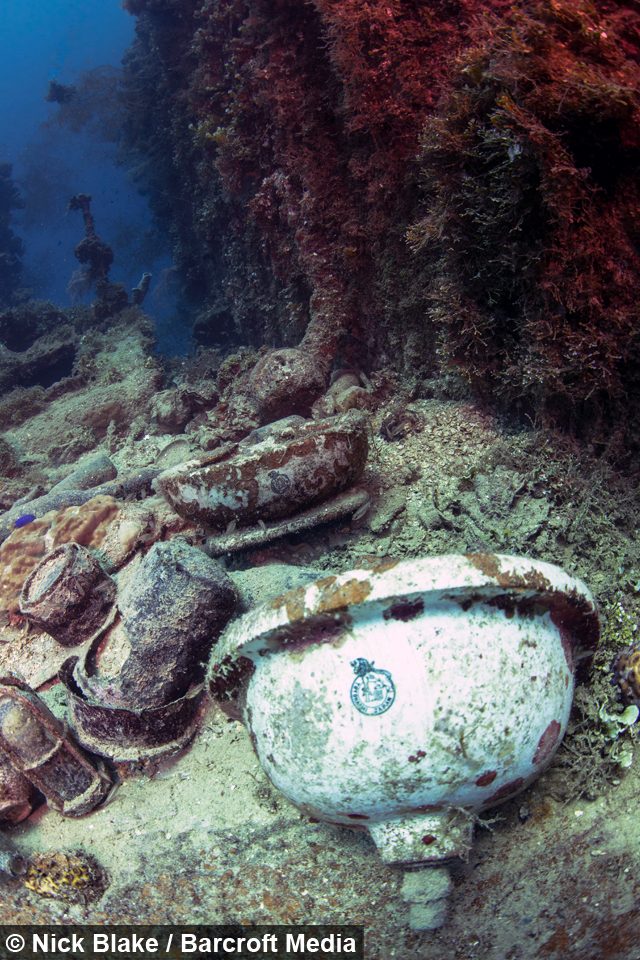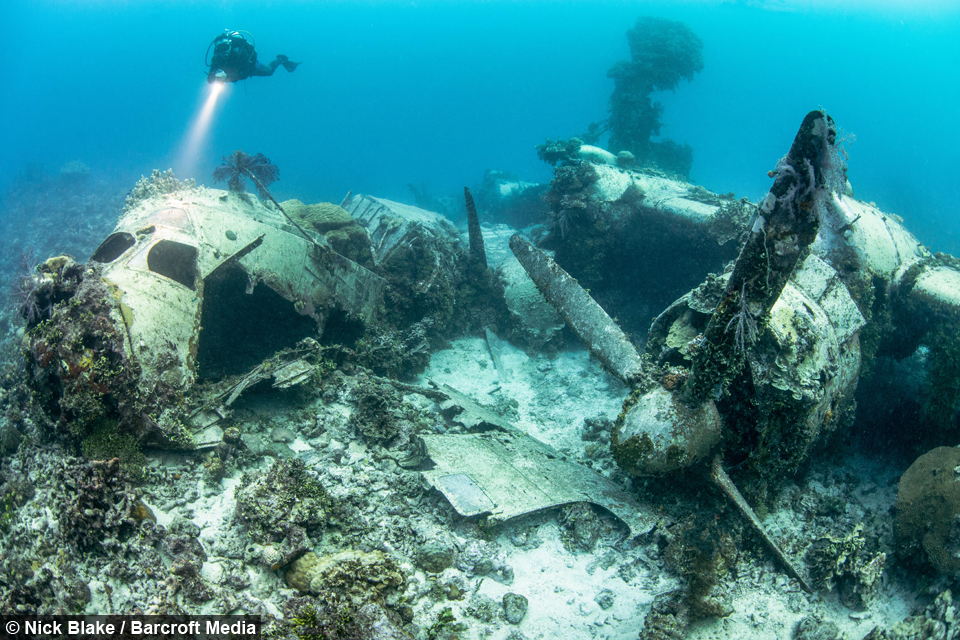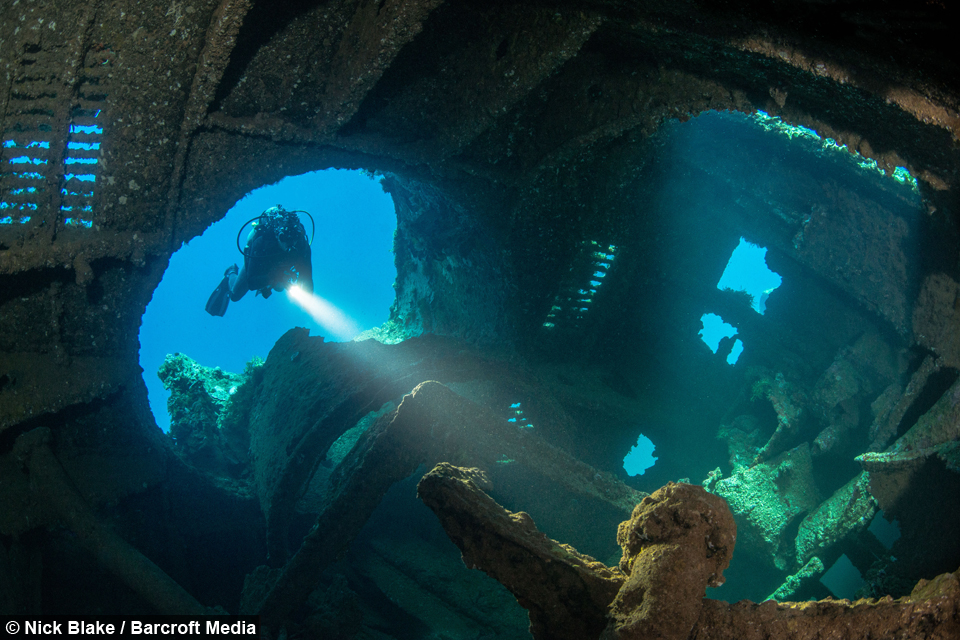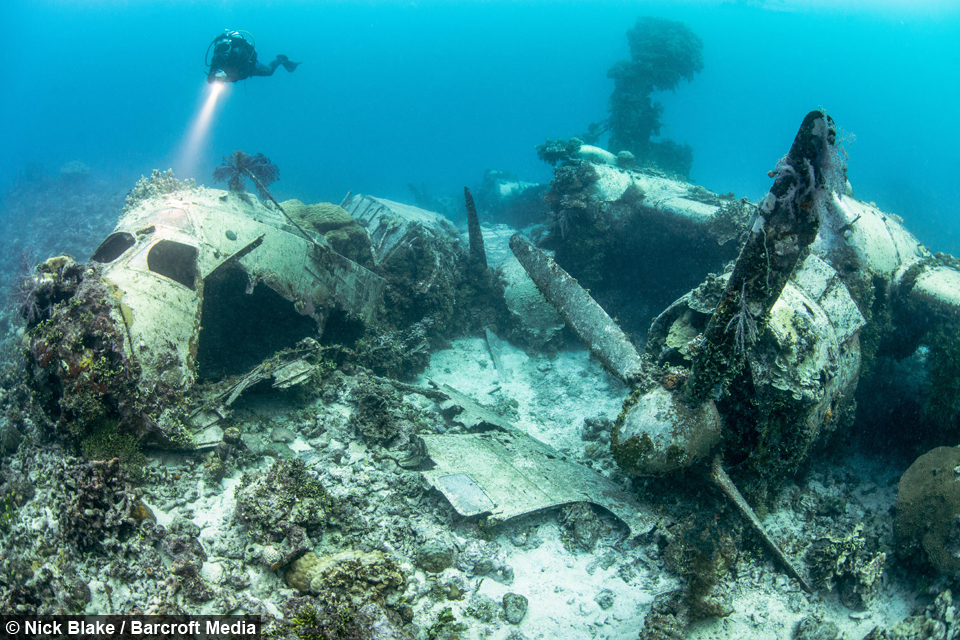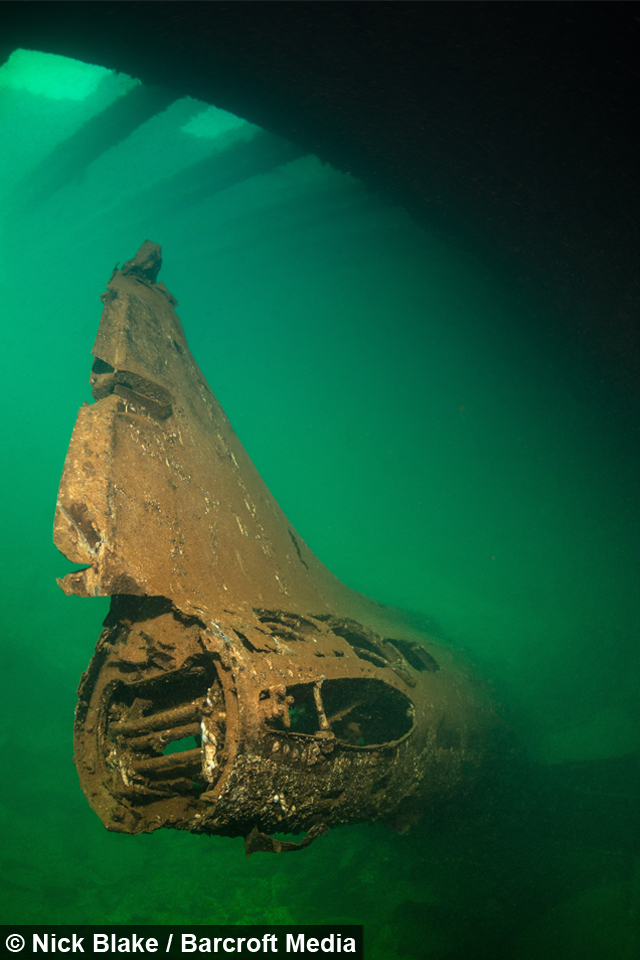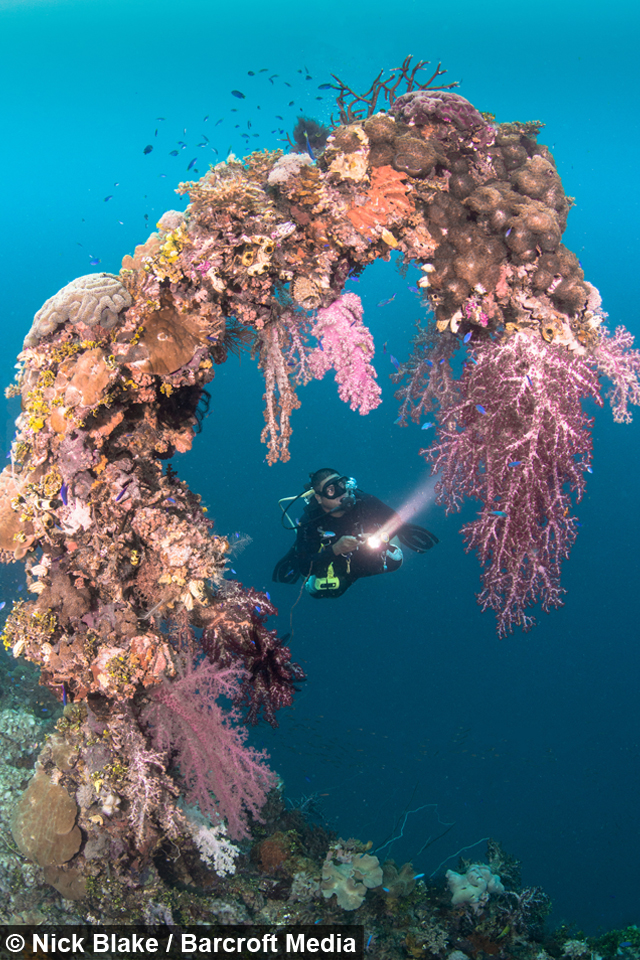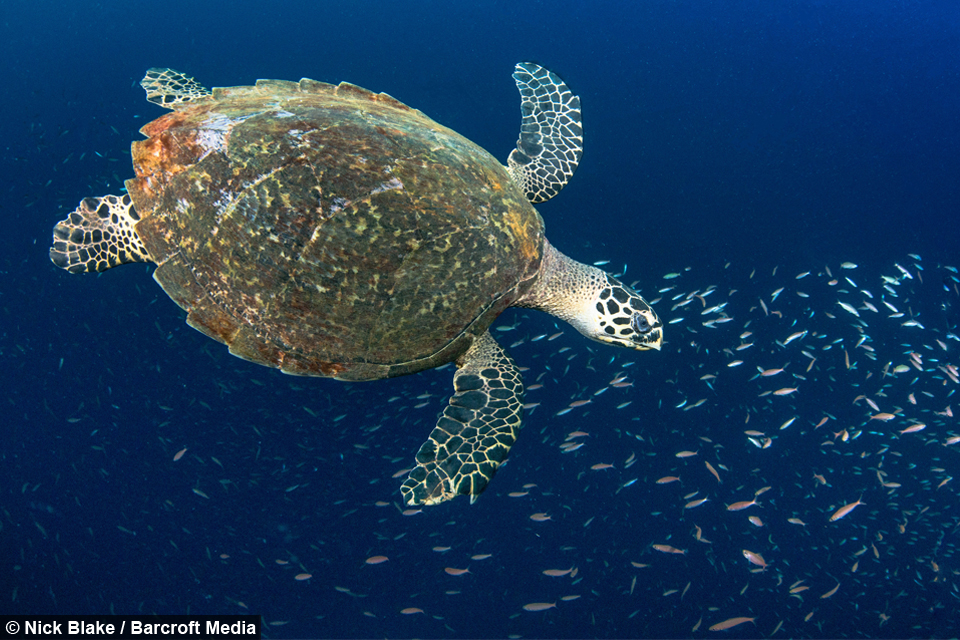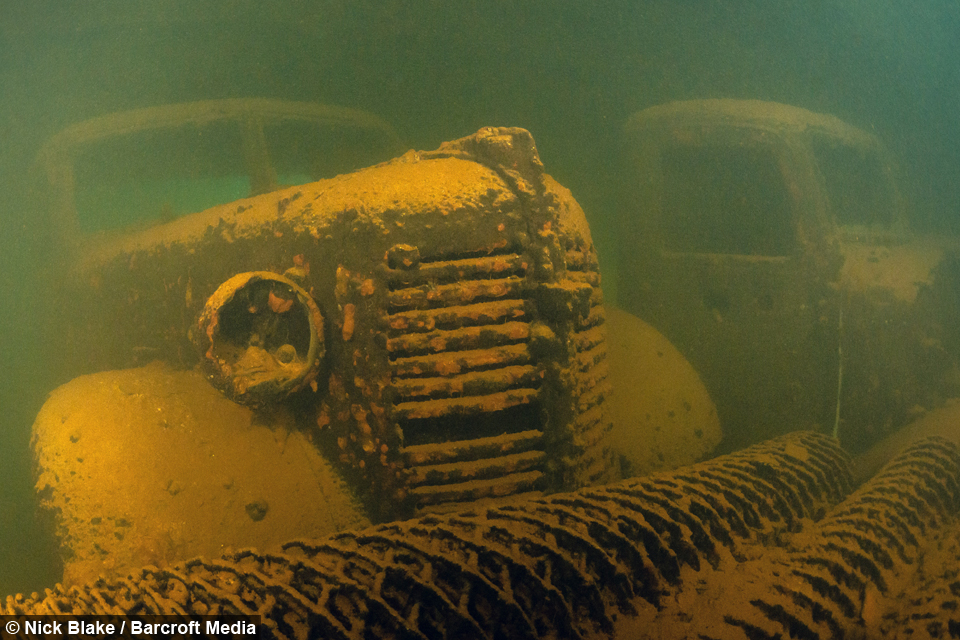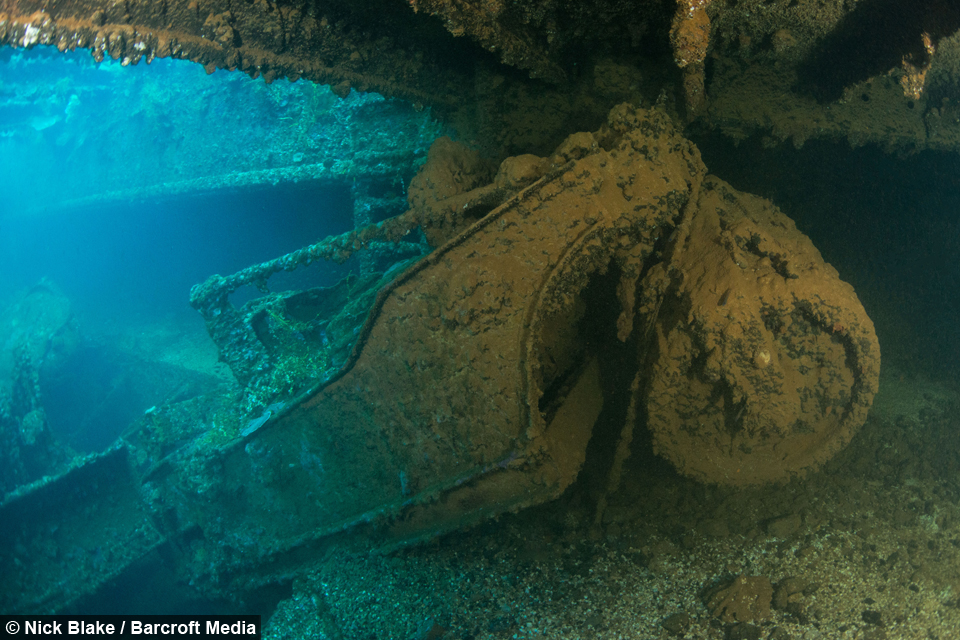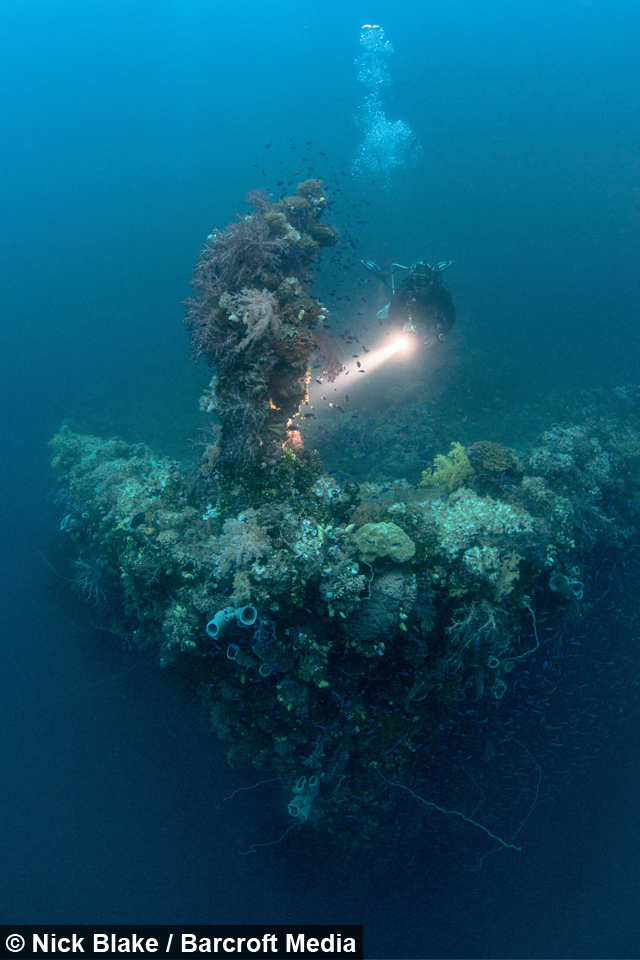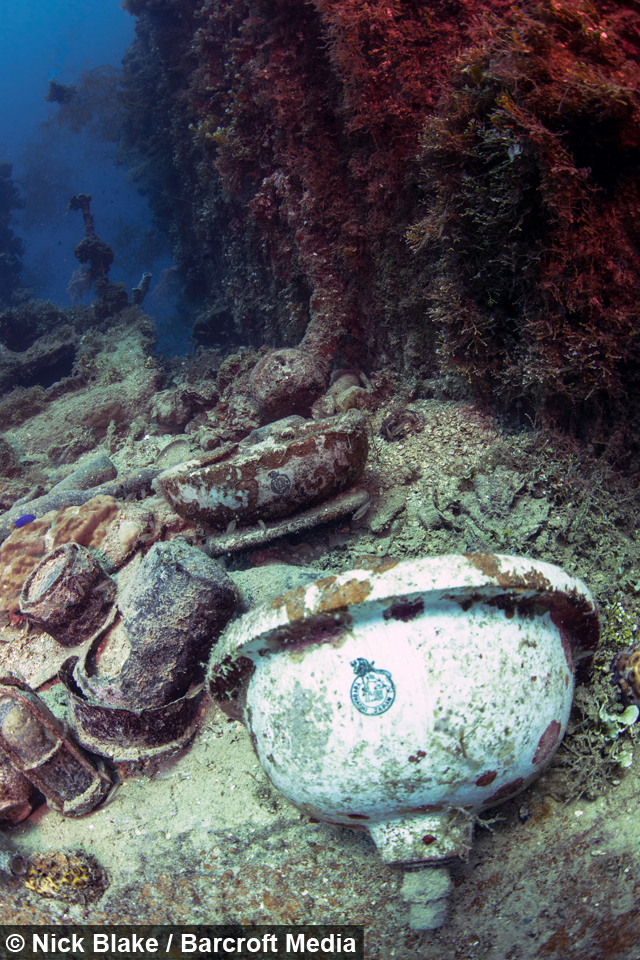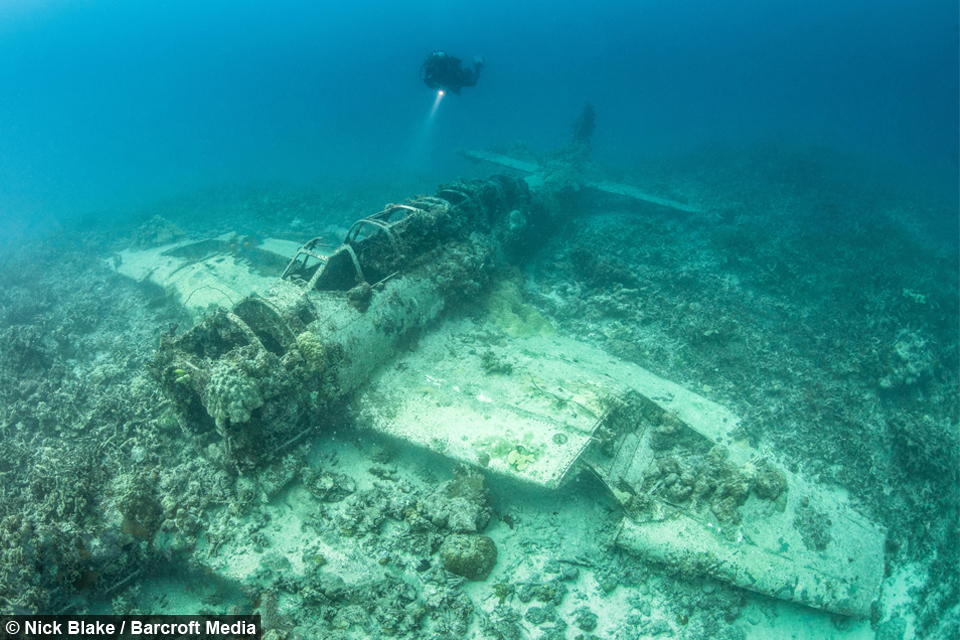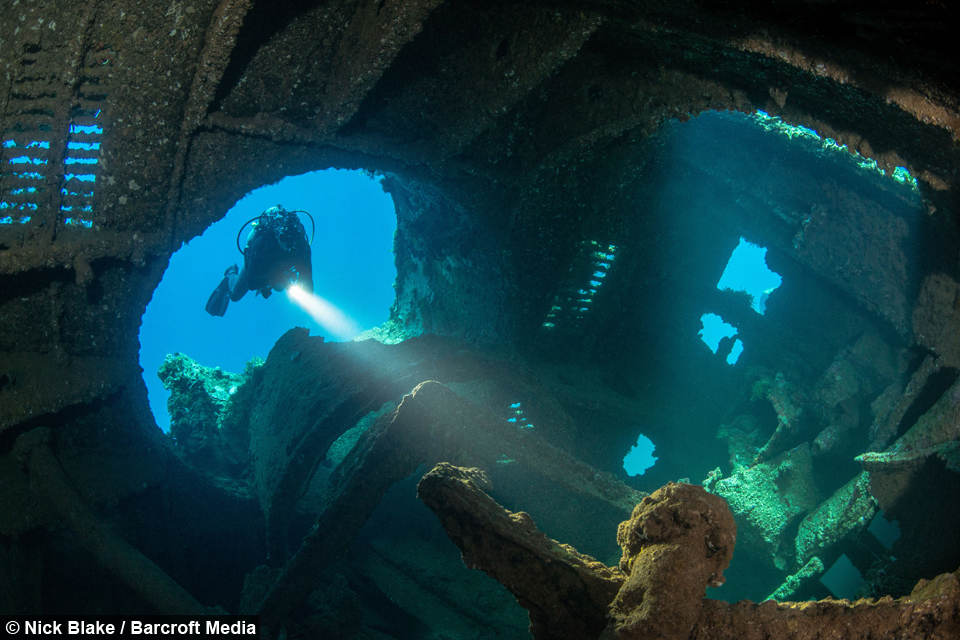Sub-aquatic Graveyard Of WW2 Ships And Aircraft
By Rebecca Lewis @RebeccaSLewis
Scroll down for the full story
More than 40 Japanese ships and 250 aircraft have their final resting place at the bottom of the Pacific Ocean 1800km from Micronesia.
During the war, which ended seventy years ago, the Japanese used the surrounding islands of the Truk Lagoon – now known as Chuuk – as a base against the Allied forces in New Guinea and the Solomon Islands.
In 1944, Allied forces launched a two day attack known as Operation Hailstone and destroyed cruisers, auxiliaries and merchant ships which severely injured Japan’s presence in the Pacific.
Seventy-one years later the underwater grave – which is the largest of its kind - is a popular site for divers as fish invade the decayed war wreckage.
Nick Blake, 49, from Woking, visited the site in May last year as turtles swam among the debris.
He said: “Dives were typically about one hour, sometimes a little longer on the shallower wrecks. We would typically do three days per day and I clocked up over 30 dives during my trip.
“Whilst I had gone to Truk fully prepared to photograph wrecks, what surprised me was the diversity of subject matter on each wreck site.
“As well as the wreck itself and the fascinating contents of the holds, they are festooned in coral, which makes for some fantastic photo opportunities.
“Without a doubt this stunning destination, with almost 70 charted wrecks, is truly the world’s wreck capital - particularly in view of the sheer number of wrecks, their preservation and stunning condition.”
